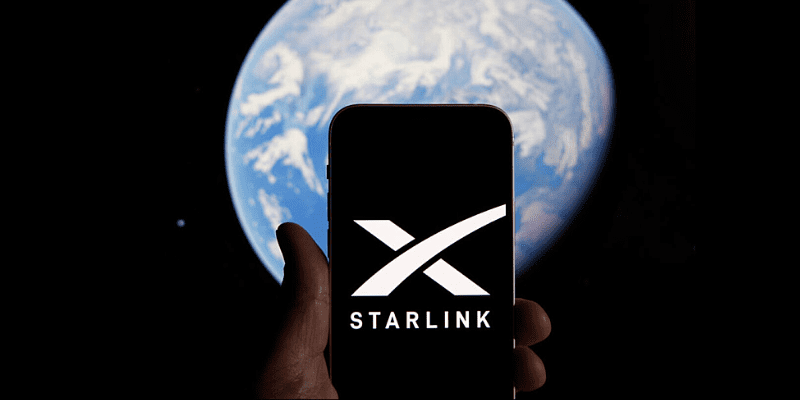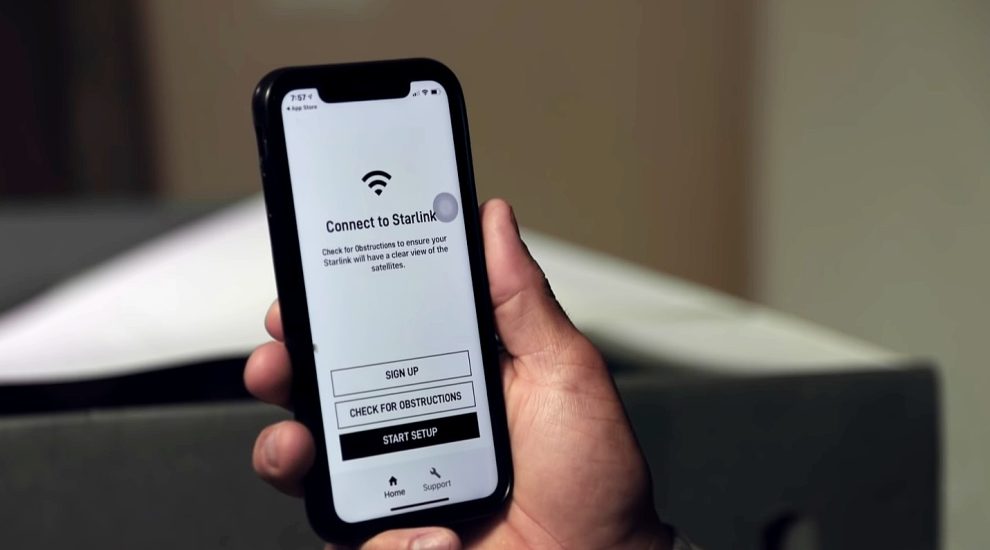The Need for Universal Mobile Coverage
Despite the significant expansion of cellular networks in recent years, vast areas of the planet, particularly remote regions and developing nations, still lack reliable mobile service. Starlink’s direct-to-cellular solution seeks to address this issue head-on, promising to bring basic connectivity features like text messaging, voice calls, and even limited internet access to these underserved populations.
Harnessing the Power of Starlink’s Satellite Network
The backbone of this ambitious project is SpaceX’s expansive Starlink constellation, which consists of thousands of satellites orbiting the Earth at a relatively low altitude. While primarily designed to deliver high-speed internet access to remote locations, SpaceX is now equipping certain Starlink satellites with cellular connectivity hardware to enable direct mobile network access through these orbiting relays.
The key advantage of this approach lies in the global reach of the Starlink network. Unlike traditional cellular towers, which are constrained by geographical limitations and infrastructure costs, Starlink satellites can theoretically provide coverage to any point on Earth, revolutionizing mobile communication and bringing connectivity to previously underserved areas.

Collaborations and Compatibility: Ensuring Seamless Integration
To bring this vision to fruition, SpaceX has forged partnerships with mobile network operators, such as T-Mobile in the United States. These collaborations ensure compatibility between Starlink’s direct-to-cellular service and existing cellular networks, allowing users to connect using their current mobile devices without the need for additional hardware.
However, it’s important to note that the technology is still in its early stages, with initial reports suggesting a focus on basic functionalities like text messaging and voice calls, while data capabilities may be limited. This is likely due to ongoing development efforts and the current bandwidth constraints of the Starlink satellite network.
Potential Applications: Beyond Basic Communication
The implications of Starlink’s direct-to-cellular service extend far beyond simple connectivity. This technology has the potential to transform various sectors, especially in developing countries:
- Emergency Services: With reliable connectivity in remote areas, emergency response times can be significantly improved, potentially saving lives in situations where traditional cell service is unavailable.
- Disaster Relief: In the aftermath of natural disasters, Starlink’s direct-to-cellular service can be a lifeline, enabling rescue teams and affected communities to communicate even when conventional infrastructure is compromised.
- Economic Development: Ubiquitous mobile connectivity can stimulate economic growth in remote regions by facilitating e-commerce, mobile banking, and access to essential information and resources.
Navigating Challenges and Considerations
While Starlink’s direct-to-cellular service holds immense promise, it also faces several challenges. Regulatory hurdles must be navigated as this technology disrupts the traditional model of cellular network operation. Furthermore, the long-term environmental impact of large-scale satellite constellations like Starlink needs to be carefully assessed and addressed.
Moreover, the current emphasis on basic functionalities underscores the ongoing development phase of the technology. Expanding data capabilities and ensuring seamless integration with existing cellular networks will be essential for the long-term success and widespread adoption of Starlink’s direct-to-cellular service.
The Future of Mobile Connectivity
As SpaceX prepares for the highly anticipated fall launch of Starlink’s direct-to-cellular service, the potential impact of this technology cannot be overstated. By bridging the digital divide and offering connectivity to underserved regions, Starlink has the potential to revolutionize mobile communication on a global scale.
However, it’s crucial to recognize that this technology is still in its nascent stages. Overcoming technical limitations, navigating regulatory challenges, and ensuring responsible deployment will be key to realizing the full potential of Starlink’s ambitious vision.
The coming months will be critical as SpaceX works towards the launch of this groundbreaking service. If successful, Starlink’s direct-to-cellular offering could herald a new era of mobile connectivity, ensuring that no one is left behind in the rapidly evolving digital landscape. As we stand on the cusp of this transformative technology, the future of ubiquitous mobile communication has never looked more promising.
















Add Comment